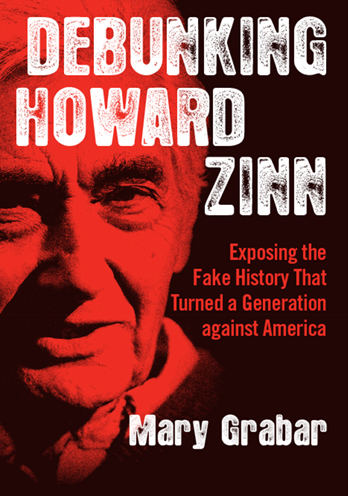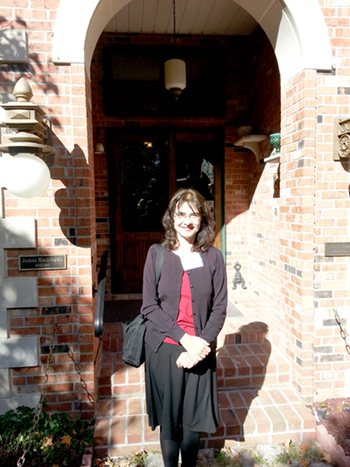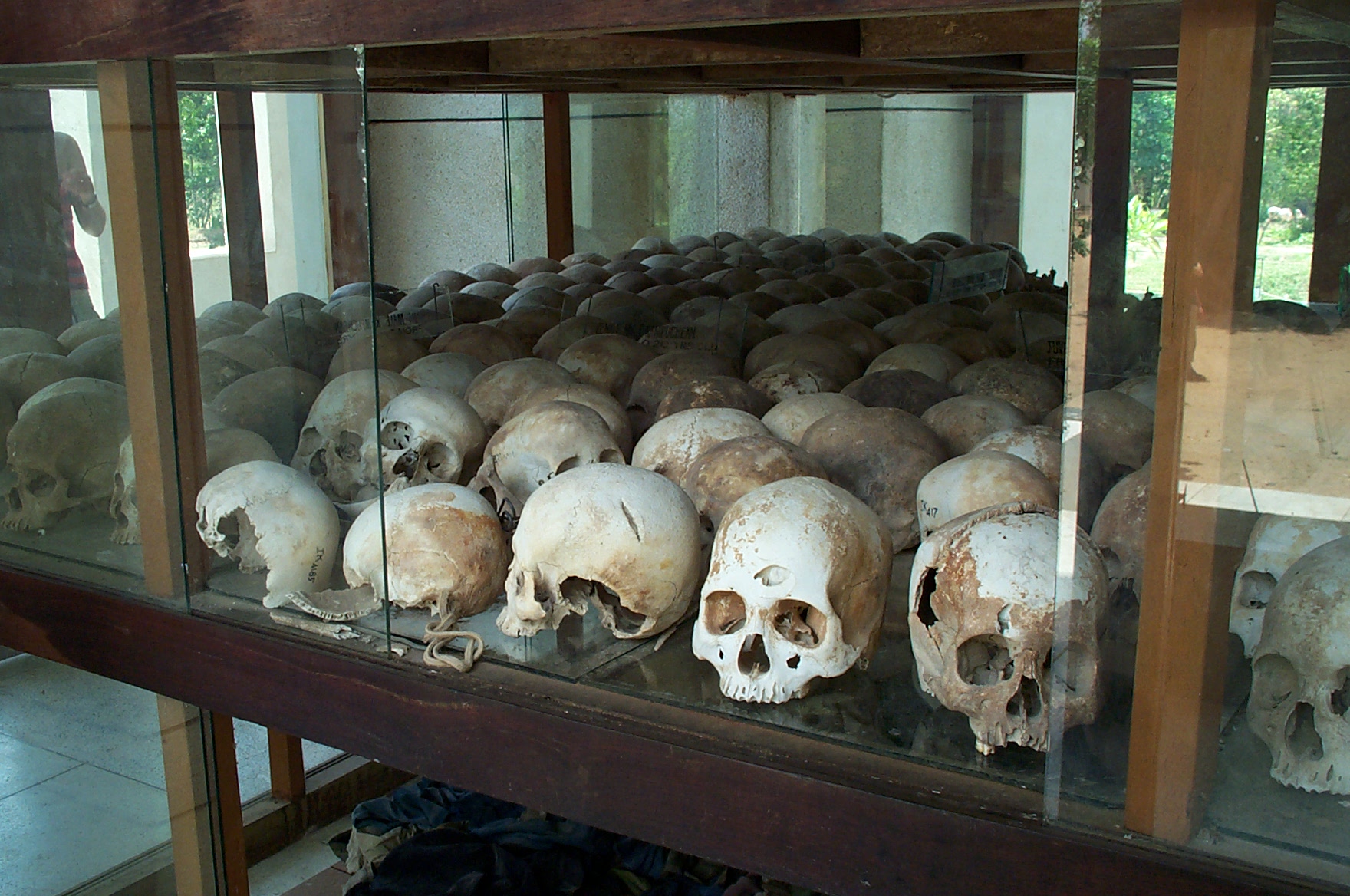 By Scott Herring, Posted October 29, 2012: Here at Dissident Prof, we follow a traditional line on university instruction, so it pains me to admit that, during some quarters, I show a feature film in class. Worse, I may do it mainly because the students’ morale is sagging. I do, however, have good reasons too. We can all agree that there are some films that achieve the status of high art, and in some classes, I can serve the official course goals by helping students see why they are regarded that way. I have also been known to slip in a subversive, conservative message. Let me show you how it is done. My example is so improbable that you will not believe me at first, but I have taken my subversive message from the most improbable place: a popular movie about—incredibly—the Vietnam War.
By Scott Herring, Posted October 29, 2012: Here at Dissident Prof, we follow a traditional line on university instruction, so it pains me to admit that, during some quarters, I show a feature film in class. Worse, I may do it mainly because the students’ morale is sagging. I do, however, have good reasons too. We can all agree that there are some films that achieve the status of high art, and in some classes, I can serve the official course goals by helping students see why they are regarded that way. I have also been known to slip in a subversive, conservative message. Let me show you how it is done. My example is so improbable that you will not believe me at first, but I have taken my subversive message from the most improbable place: a popular movie about—incredibly—the Vietnam War.
The truth is so amazing that no one has noticed, and I can remain silent no longer. I know of a movie about Vietnam that is openly conservative.
It is actually about Cambodia, but few Westerners know the difference. I am speaking of The Killing Fields, in which Sam Waterston and Haing S. Ngor portray the New York Times journalists Sydney Schanberg and Dith Pran, caught up in the collapse of the US-backed Cambodian government, and its replacement by the deadly Khmer Rouge. It is a mostly-true story that makes the entirely-true point that, in a murder, “foreign interests” and “attitudes” and “policy” are never as guilty as the man pulling the trigger. In doing so, it tells us what we should have known all along: that restoring guilt restores valor, too.
I see the film regularly on cable, but it is not new, and most of the events it depicts have slipped into obscurity. It opens, confusingly, with a relaxed Dith Pran chatting in Khmer with the chauffeur he has hired, waiting for Schanberg to arrive in Phnom Penh. A string of ambulances passes, and Pran decides to investigate. When Schanberg arrives, his ride is missing. He greets Pran, when he at last appears, with a New Yorker’s irritability at the delay. Schanberg’s outburst of peevishness sets the tone for his relationship with Pran through most of the first half of The Killing Fields. Pran wakes him in the morning, brings him tea, arranges meals, and serves as general factotum for an American thrust into a maximally-alien environment. Unlike Pran, Schanberg is mainly just pushy.
There exist a handful of books and movies that execute a remarkable feat: in order to protest an injustice, they lead us first to commit the injustice ourselves (I write about two other such works here Given Schanberg’s top-of-the-pyramid journalistic credentials, and the sense of outraged righteousness he conveys in his Harvard Yard dialect, we think we know what we are seeing: this is standard stuff, a crusading journalist out to undo the machinations of the evil Richard Nixon. Pran, with his modest demeanor, thick Asian accent, and apparently menial job, is Gunga Din. We assume he is a servant to Schanberg, whose story this is.
Wrong. However, because the film lets us make the mistake and leaves us to find our own way out, few viewers ever discover their error. The Killing Fields is too subtle and too sophisticated for its own good. The conservative message has been hiding in the open since the film was released, and I swear I am the only one who has noticed.
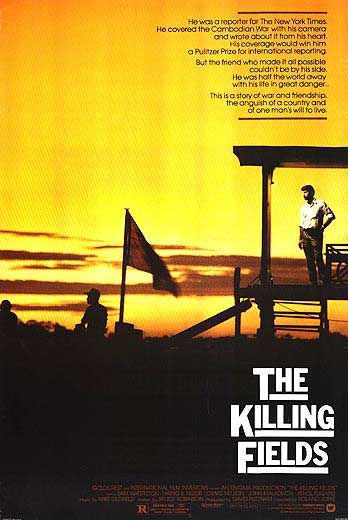 The true relationship between Schanberg and Pran is clear from the start, when we know what to look for. Those ambulances that distracted Pran were carrying wounded from the government-held town of Neak Luong, which had been hit in a accidental strike by a B-52. The film does not try to excuse the United States on the airstrike. In doing so, however, it leads us further astray, because of the official secrecy thrown up around the accident, secrecy which we have seen often enough in films about the horrible, awful Nixon. Schanberg’s successful effort to penetrate it leaves us thinking that we are watching a foreign-affairs version of All the President’s Men, with Schanberg as Woodward and Bernstein merged.
The true relationship between Schanberg and Pran is clear from the start, when we know what to look for. Those ambulances that distracted Pran were carrying wounded from the government-held town of Neak Luong, which had been hit in a accidental strike by a B-52. The film does not try to excuse the United States on the airstrike. In doing so, however, it leads us further astray, because of the official secrecy thrown up around the accident, secrecy which we have seen often enough in films about the horrible, awful Nixon. Schanberg’s successful effort to penetrate it leaves us thinking that we are watching a foreign-affairs version of All the President’s Men, with Schanberg as Woodward and Bernstein merged.
Wrong. Pran has been working the Neak Luong story since before Schanberg even arrives. He is as responsible as Schanberg for breaking the wall of secrecy surrounding the event. He is a professional journalist, not Gunga Din, and is better equipped to cover this war than Schanberg.
Those issues of moral agency with which I began become ever more important as we move toward the center of the film, when the US flees the country, and Pran’s family joins the exodus, but without Pran. Schanberg and some others have decided to stay behind, and Pran himself remains to protect them. When the last of the Westerners are evacuated, Pran is marooned in the new communist nation of Democratic Kampuchea.
At this point, the film and its audience commonly part company. I know that when I saw it in the theater, as an undergrad besotted by anti-Americanism, I saw Pran’s act as one of suicidal devotion, that of a doglike servant misled by too much time spent close to the glow of American prestige (“You’re a better man than I am, Gunga Din”). Pran becomes a victim of Schanberg’s ambition. Schanberg himself later believes it.
When the Khmer Rouge appear, however, the focus shifts away from the pukka sahib journalists, who are increasingly powerless and absent as the film more clearly becomes what it is, Dith Pran’s story. The title itself clarifies the matter. Schanberg never saw any real killing fields, while Pran lived in them for years.
And it is in the second half of the film, as it tells Pran story, that it reveals its amazing conservatism. In the manner of a good imperialist, Schanberg waxes fat on the suffering of the Third World, winning a string of awards, including a Pulitzer, based on the reporting Pran either enabled or produced entirely. Yet Schanberg can do nothing to help the vanished Pran. He seeks solace in leftist clichés about imperialism, but they fail him. He subscribes to the standard East-Coast-intellectual explanation of the Khmer Rouge, which was given its fullest expression in William Shawcross’ 1979 bestseller Sideshow: Kissinger, Nixon and the Destruction of Cambodia: “the Khmer Rouge were born,” Shawcross argues, “out of the inferno that American policy did much to create.”
Shawcross himself eventually changed his mind, and the leftist clichés fail Schanberg, too. A reporter, interviewing him after he has accepted another award, hits him where it hurts: “How do you respond to the accusations that you and other journalists underestimated the brutality of the Khmer Rouge and so share responsibility for what happened in Cambodia afterwards?”
Schanberg defensively spits out the cliché: “We made a mistake,” he pretends to admit, then goes on to echo Sideshow. “Maybe what we underestimated was the kind of insanity that seven billion dollars worth of bombing could produce.”
Sam Waterston here skillfully adds a hysterical edge to Schanberg’s voice. As always, it’s all America’s fault. America acts; the Third World reacts. And if that is true, then Schanberg is the imperialist, and Pran’s suffering is all Schanberg’s fault.
The award ceremony occurs during one of the film’s brief flashes to New York, in a second half that is dominated by the far more dramatic events in the killing fields. We see the Khmer Rouge regime in all its vicious details. With the help of Pran’s narration, we come to understand that the Khmer Rouge were not made that way by Henry Kissinger. They were made that way by their devotion to true communism, which, in its purest form, proves to be a cross of Stalinism with a kind of Manson-family-values. United States foreign policy only comes up in Schanberg’s rants. The real enemy of the Khmer Rouge regime is communist Vietnam, along with internal dissidents, mostly imaginary. Their savagery is entirely their own fault.
The film has something like a happy ending, with Pran at last escaping to a refugee camp in Thailand. Schanberg travels to meet him there. Still tortured by guilt, he asks, “Do you forgive me?”
“Nothing to forgive, Sydney,” Pran responds: “Nothing.”
Why does Pran stay when the US evacuates its embassy and his family leaves? Because he is a professional journalist, in a unique position to get out the word of what actually is happening in what he knows will rapidly become a closed society. He stays because he regards Schanberg as a friend, one who is certain to die if Pran does not stay. Wiser than Schanberg, Pran understands friendship. It entails a willingness to risk much to save the friend, because it is a bond freely made between equals.
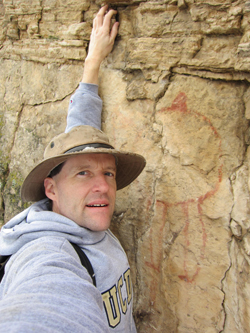 Scott Herring teaches writing and literature at the University of California, Davis. Before he got his Ph.D., he worked for years in Yellowstone National Park, and still carries on a hopeless love affair with the place. In the photograph, he’s hanging from a cliff therein.
Scott Herring teaches writing and literature at the University of California, Davis. Before he got his Ph.D., he worked for years in Yellowstone National Park, and still carries on a hopeless love affair with the place. In the photograph, he’s hanging from a cliff therein.


